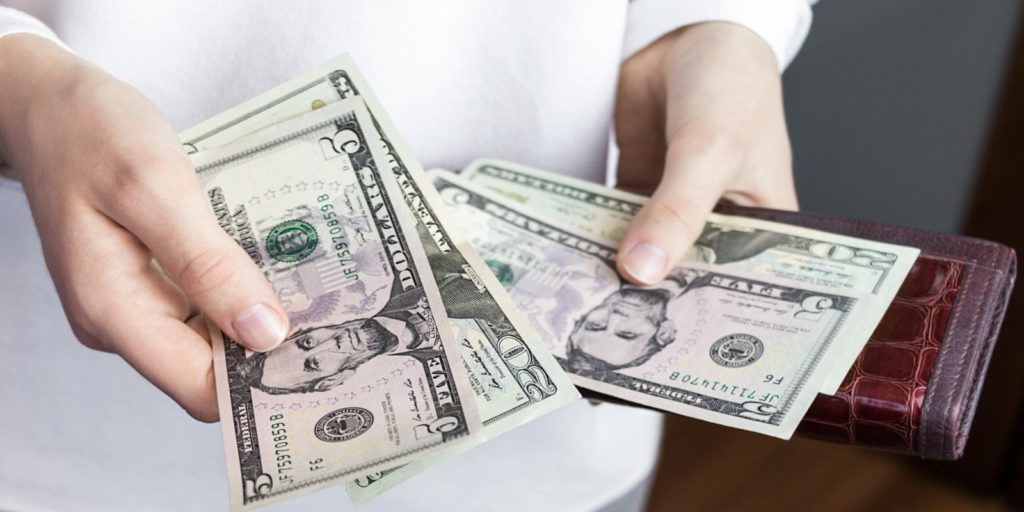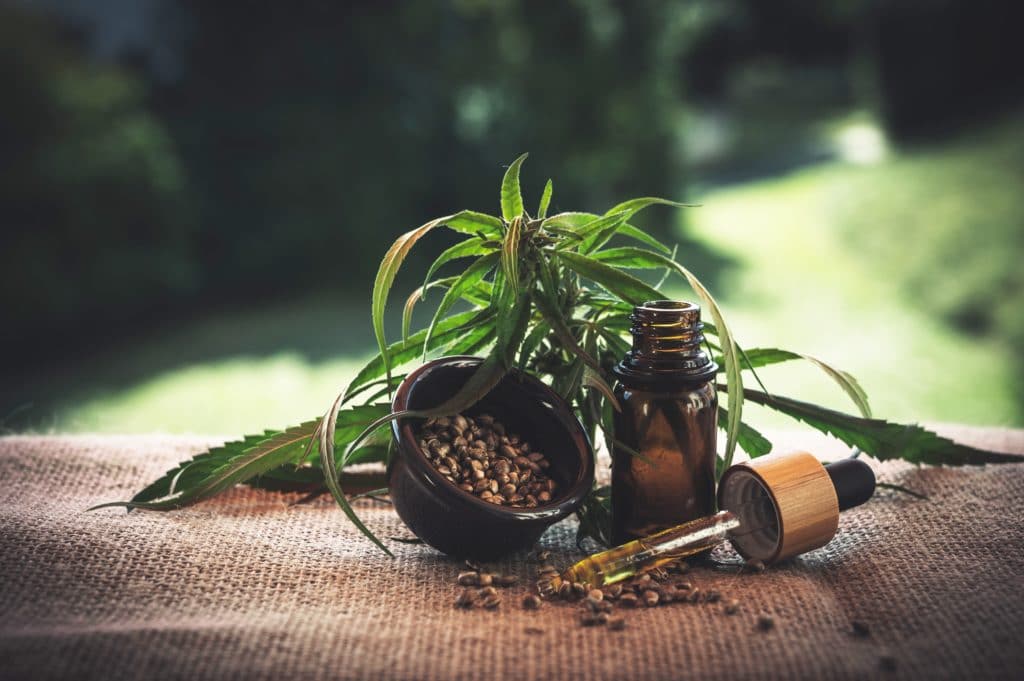Read Time: 3:30 Mins.
If you consume legal cannabis on a regular basis, do you track how much you spend? Have you ever created a budget for it? Do you visit a dispensary or use a delivery service on a set schedule? As we start the new year, it seemed appropriate to delve into these questions for both medicinal and adult-use consumption. We’re curious about the average amount spent at dispensaries and how it may relate to your cannabis purchasing habits? If you’re interested in learning more about the cost of cannabis for adults, please read on.
Medicinal vs Adult-Use Cannabis Costs
As it turns out, companies are beginning to track all kinds of sales data connected to the regulated cannabis industry. Our friends at New Frontier Data and Baker Technology issued a 2017 report that examined 2016 cannabis consumer trends. They found that “medical patient spending is outpacing adult-use consumer spending by a factor of three. In 2016, adult-use consumers shopped once every 14 days and spent $49 per transaction. Medical consumers shop once every 10 days and outspend the adult-use customer by more than three-to-one; spending $136 per transaction.” This data makes sense as medical cannabis users purchase cannabis to address specific medical issues like any other medicine. As a result, regular medicinal expenditures are a normal occurrence and purchases tend to be in larger quantities. This data is similar to that contained in a 2017 report issued by Headset, which found that people on average spent between $25 and $50 per trip. If you’re enjoying cannabis purely as a recreational pursuit, your consumption habits may be less frequent, or quality may not be as critical as it is for medicinal users. This can have a direct effect on the amount of money spent on cannabis products.
Of course, those patients with acute medical conditions may spend thousands of dollars on high-potency cannabis products or require large doses on a regular basis. Currently, there is no insurance coverage for medical cannabis purchases, an issue that we’ll examine as a follow up to this article.
If you live in one of the ten states that permit adult-use in addition to medical marijuana, another important factor to consider is the cost of obtaining a medical marijuana card. While it is not needed for adult-use purchases, having a card saves you money in taxes. In California, the initial exam averages from $40 online to $80 for an in-person exam. Renewal fees are due each year for an additional cost and need to be factored into your yearly budget. Check your state’s laws regarding MMJ card requirements and benefits.
Budgeting for Cannabis
The costs associated with cannabis depend on a number of factors. These include medicinal or adult-use, the frequency of use, preferred consumption method, and product quality. Unfortunately, creating a personal cannabis budget also greatly depends on where you live because cannabis pricing is unlike any other agricultural product. Take apples for example. They may be more expensive in New York city than Detroit, but that’s primarily due to the overall cost of living. Regulatory compliance, licensing fees, distribution costs, and taxes create enormous pricing disparities among U.S. states. According to Statista, the average cost for a legal ounce of cannabis in the U.S. is $320. Oregon has the lowest cost per ounce at $210, while Washington D.C. is the most expensive at $600 per ounce. These are retail prices, but the various cost factors affect wholesale cannabis prices and derivative product costs as well.
Your consumption preferences directly affect costs. High-quality raw flower may cost more than a lower quality strain, but because it’s more potent, you need less of it when compared to a less expensive strain. This holds true for concentrates such as oils, waxes, and tinctures as well. They tend to be more potent than raw flower, and in general, cost more as a result. On the plus side, unless you have a high tolerance, you don’t need to consume as much in comparison to vaping or smoking flower.
Edibles are another important factor. In California, each regulated “serving” cannot currently exceed 10 milligrams of THC, and the total product dosage cannot exceed 100 mg. These dosage limits do not apply to topicals or non-edible products (tinctures, capsules, etc.) and those limits are set at 1,000 mg. Regulations also permit medicinal-only uses up to 2,000 mg. The point is that if you purchase an edible, topical, tincture or capsule if stored properly, it may last for a considerable amount of time depending on the dose you ingest or apply topically.
Cannabis Costs for Beginners
When you’re starting out and learning about the modern cannabis business, keeping an open mind is a good thing. It will take time, research, and some experimentation to discover the right strain and consumption methods that are best for you. So, keep your initial purchases on the small side. If you’re smoking or vaping raw flower, purchase individual grams, not an eighth of an ounce, and certainly not a full ounce. Purchasing grams permits trying a variety of strains without spending vast sums of money. Cannabis affects each body in a different way and there are literally thousands of strains to choose. You may want to try purchasing edibles or tinctures as well. Again, buy the smallest quantity possible until you find products and methods that work well for you personally. You can then buy larger, more expensive quantities with greater confidence and make the entire process from purchase to consumption an enjoyable experience.
We took an unofficial poll of the very moderate consumers here at Three Wells and found that most are spending between $150 to $200 per month on a variety of cannabis products.
Become a Dispensary Customer
If you have the luxury of several dispensaries in your general area, it may be a good idea to become a regular customer at one or two of them. Many have loyalty reward programs that offer specials or deals to bring you back into the store. They may also keep you informed about offers via their social media accounts and emails. The cannabis community is relationship-based and having a “go to” dispensary can not only save you money, but the budtenders can also hopefully help your education along the way.
Share your budget ideas with us! How much do you spend? Are you an impulse-only buyer or are you on a fairly regular schedule? When do you typically visit a dispensary?
Karl Phillips is a writer who covers the cannabis industry.




